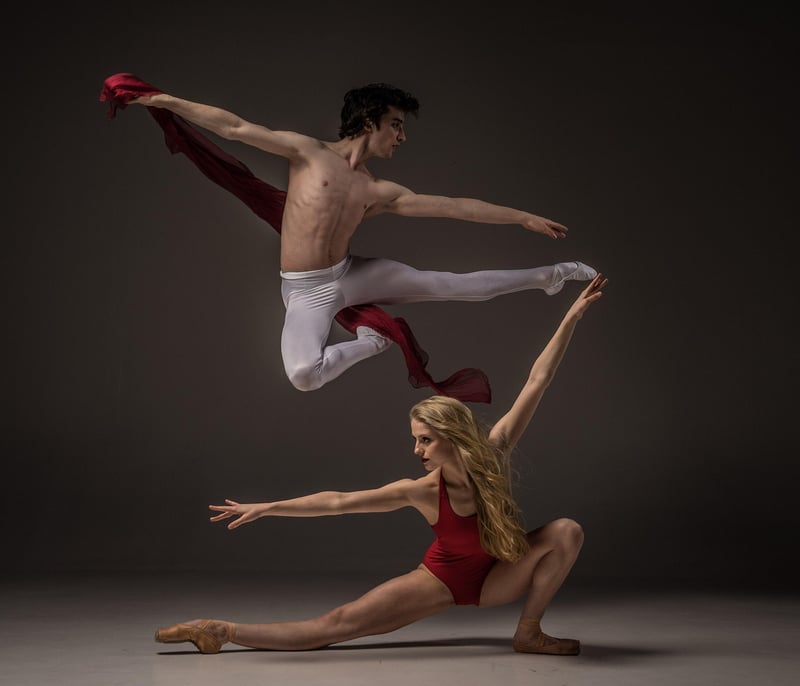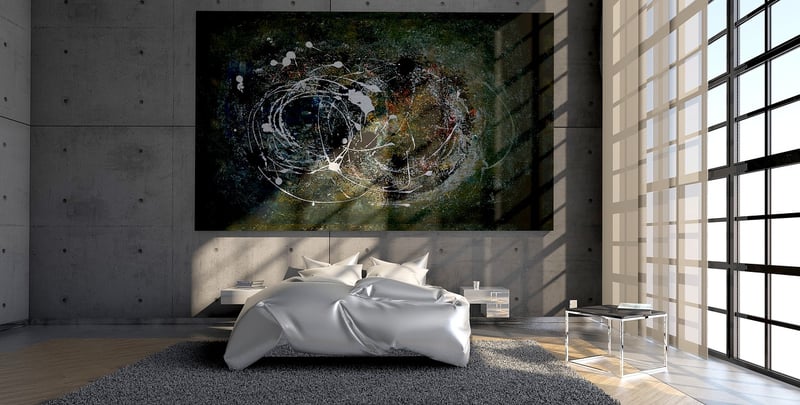Contemporary
The Art of Expressive Movement in Contemporary Dance

Contemporary dance is a dynamic and expressive form of art that allows dancers to convey emotions, stories, and ideas through movement. At the heart of contemporary dance lies the concept of expressive movement, where dancers use their bodies as a tool for self-expression and communication.
What is Expressive Movement?
Expressive movement in contemporary dance involves the use of the entire body to communicate and evoke emotions. Dancers often explore a wide range of movements, from fluid and graceful to sharp and abrupt, to convey different feelings and narratives.
The Role of Emotions
Emotions play a crucial role in expressive movement. Dancers tap into their own emotions or create characters with distinct emotional states to connect with the audience on a deeper level. Through movement, they express joy, sorrow, anger, love, and a myriad of other feelings.
Techniques and Styles
Contemporary dance offers a vast canvas for exploring expressive movement. Choreographers and dancers often blend various techniques and styles, including ballet, jazz, modern dance, and improvisation, to create unique and compelling performances.
Freedom of Expression
One of the defining features of expressive movement in contemporary dance is the freedom of expression it offers. Dancers are encouraged to push boundaries, challenge traditional norms, and experiment with innovative ways of moving to express themselves fully.
Conclusion
Expressive movement is at the core of contemporary dance, allowing dancers to break free from conventions and speak volumes through their bodies. Through a blend of technique, emotion, and creativity, contemporary dancers continue to captivate audiences with their powerful and evocative performances.
Experience the beauty and emotion of expressive movement in contemporary dance today!
